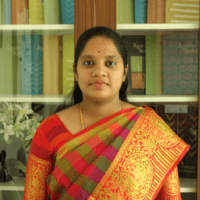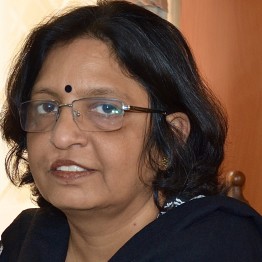Madhya Pradesh Round
Census type surveys were conducted in May-June 2008 in two villages in Madhya Pradesh:
- Gharsondi, Gwalior district
- Badhar, Anuppur district
Gharsondi, Gwalior district
The village was irrigated by a canal from the Harsi dam and by privately-owned tubewells. At the time of the survey, there had been a considerable decline in the availability of irrigation water from the Harsi dam. As a result, much of the double-cropped land in the village had been reduced to mono-cropping.

The cultivation of paddy, which had been main kharif crop in Gharsondi, had come to a halt because of the shortage of water. The major kharif crops in 2008 were soybean, sesame, and black gram. In 2008, the soybean crop of most households was destroyed because of a pest attack. The main rabi crops in the village were wheat, rapeseed, chickpea and lucerne grass. In 2008, the yields of rabi crops were very low because of poor irrigation. (There has since been a revival of irrigation in the village.)
Thakurs, as Jats are called in Gharsondi, constituted the socially and economically dominant caste of the village. The major landlord family in the village was a Thakur household. In addition, the village had Jat Sikh households, who owned the largest share of landholdings. The village also had households belonging to the Kushwaha, Chauhan, Jatav and Baghel castes, and Sahariya Scheduled Tribe households.
Sahariya Adivasi households were the most deprived community in the village, both economically and in terms of access to basic amenities. Most Sahariya households were landless and dependent on agricultural and non-agricultural wage labour. At the time of our survey, the school in the Adivasi settlement did not function, and there was no public sanitation or lavatory in the entire Adivasi settlement.
Badhar, Anuppur district
Badhar is a small Adivasi village in Anuppur district. It is about 20 km from Anuppur. Of this, 15 km are covered by State highway. A 4 or 5 km mud road linking the nearest point of the village to the highway was constructed in 2008. The people of Badhar had to walk long distances to the highway to be able to gain access to public (or any other type of motorised) transport.
In 2008, 118 households lived in Badhar. Of them, 90 belonged to the Gond and Baiga Scheduled Tribes, and 26 to the Nayak caste (OBC). At the time of our survey, households in the village depend on traditional agriculture, forest produce, and public employment programmes for subsistence. One of the most striking features of agriculture in Badhar was the rich diversity of crops cultivated in the village. Households in Badhar cultivated paddy, wheat, kodo millet, little millet, kodaili millet, maize, red gram, blackgram, lentil (masur), chickpea, cowpea, carpet legume, rapeseed, mustard, niger, linseed, cucumber, bottle gourd, bitter gourd, okra, pumpkin, tomato and a large variety of other vegetables.
Agriculture was characterised by the low use of modern inputs and hired labour. Households collected firewood, tendu leaves, mahua, and a number of other commodities from the forest. There was no electricity in the village, and civic amenities were very poorly developed.






























































 Sudha is an Administrative Assistant of the Foundation. She assists the administrative division of the Foundation and also has taken part in fieldwork organised by the Foundation.
Sudha is an Administrative Assistant of the Foundation. She assists the administrative division of the Foundation and also has taken part in fieldwork organised by the Foundation.











